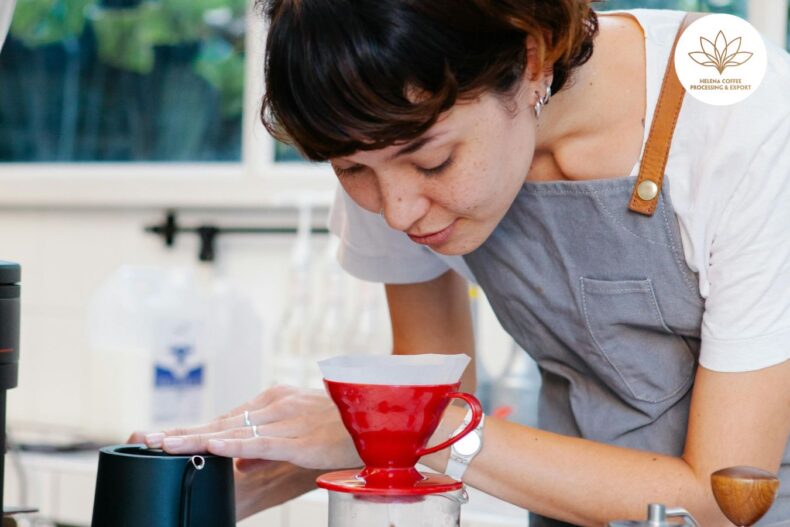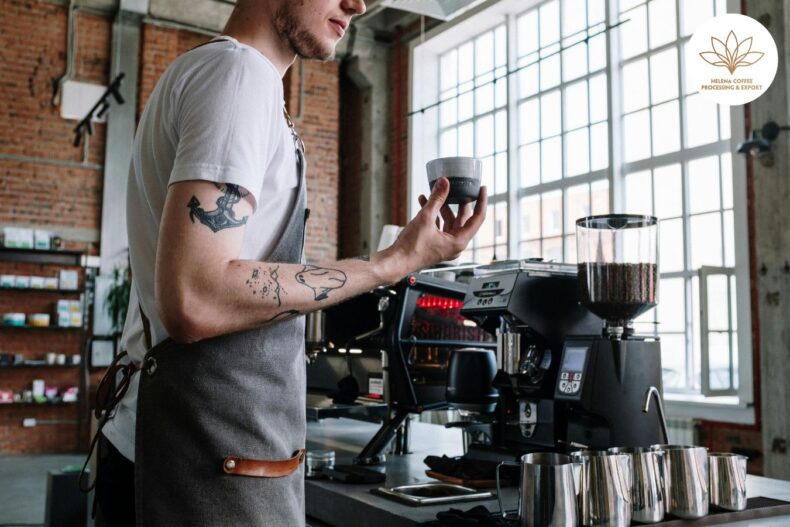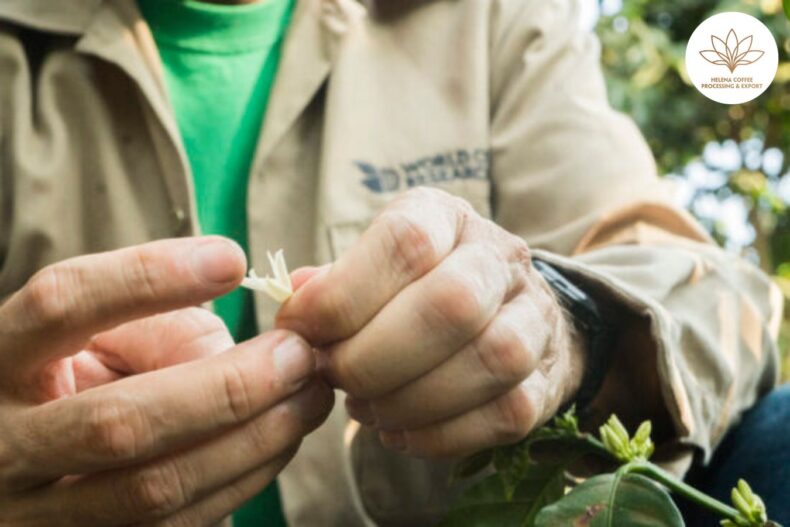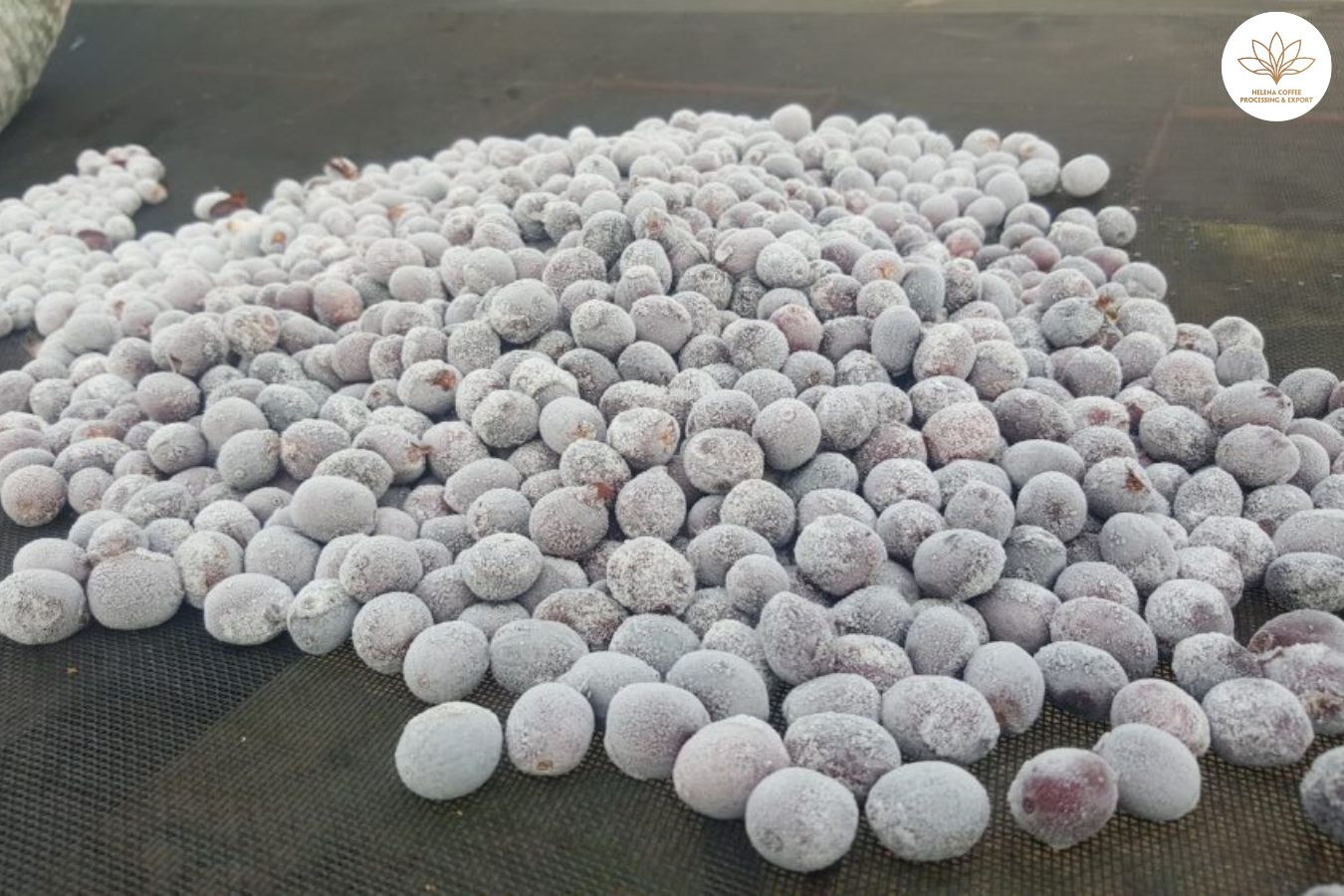
specialty coffee wine processing fermentation: At first glance, the worlds of coffee and wine might appear vastly different. However, a closer examination reveals a shared lexicon and agricultural methodologies between the two. Remarkably, the parallels become even more evident in the realm of processing techniques.
Indeed, the art of coffee processing has increasingly mirrored that of winemaking. Over recent years, we have observed a growing trend of coffee producers adopting sophisticated processing methods pioneered by vintners. This cross-pollination of expertise is enriching the coffee industry, broadening the spectrum of flavors available to connoisseurs.
To delve deeper into this symbiotic relationship, insights were sought from Camilo Merizalde, the visionary behind the Santuario Project, and Carlos Pola, who helms the San Antonio, Las Brisas, and San Roque farms in El Salvador. Their perspectives shed light on this intriguing convergence.
RECENT ADVANCES IN COFFEE PROCESSING TECHNIQUES
In the specialty coffee sphere, the realm of experimental processing represents a thrilling frontier for both industry professionals and aficionados. While the bulk of coffee undergoes processing through the three established methods—natural, washed, and honey—the last few years have seen a rapid emergence of more sophisticated and inventive techniques.
The degree to which coffee processing has advanced is widely acknowledged. However, what might be less recognized is the pivotal role that winemaking has played in spurring this wave of innovation.
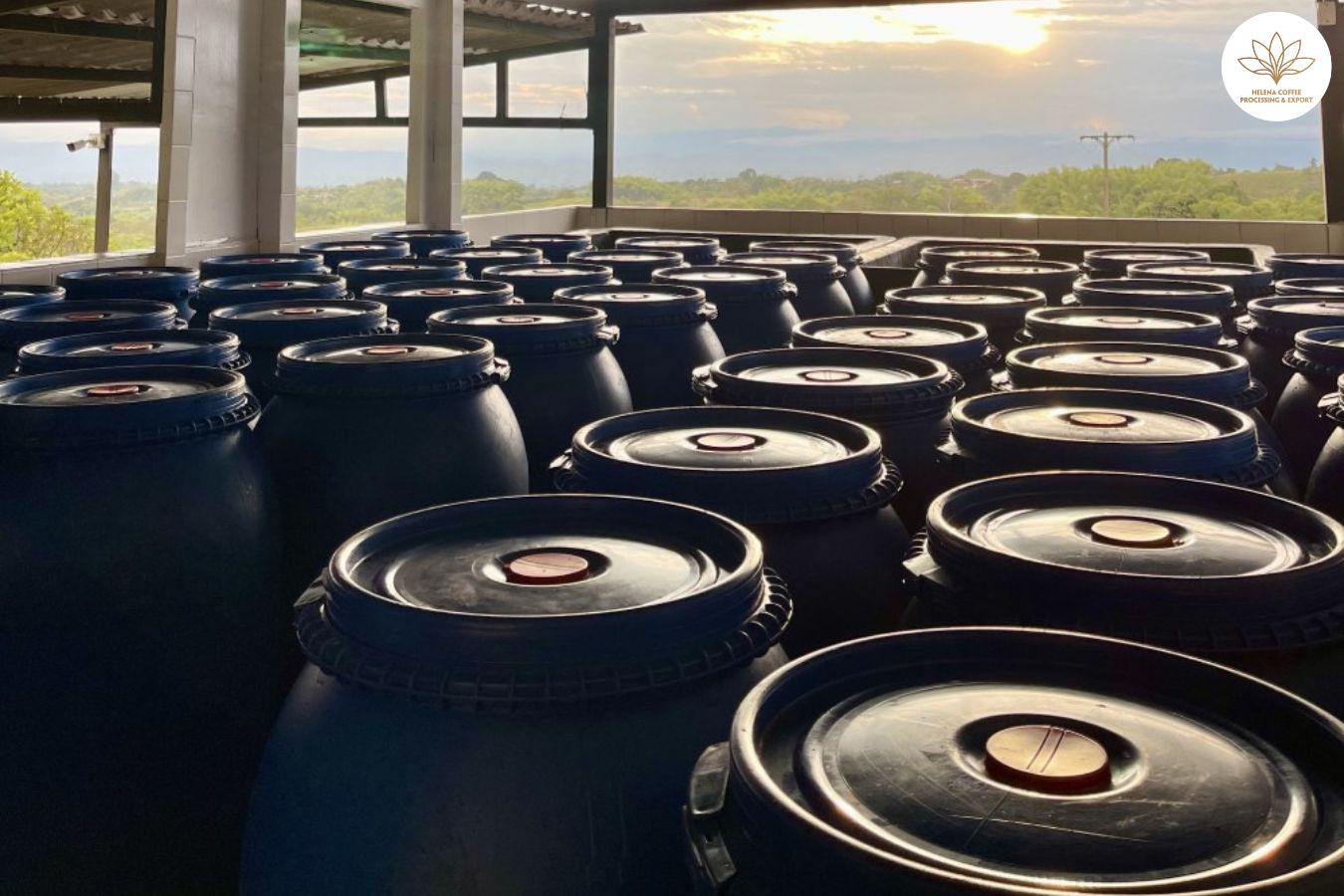
Take, for instance, the 2015 World Barista Championship, where Saša Šestić turned heads with his presentation featuring carbonic maceration, a method borrowed from the wine industry. Utilizing the Sudan Rume variety, he captivated the audience with its pronounced, fruit-forward aromas and enhanced sweetness.
Saša Šestić’s championship performance not only cast a spotlight on carbonic maceration but also stoked a burgeoning curiosity in experimental processing. His efforts weren’t solitary; he joined forces with Camilo Merizalde, the mind behind the Santuario Project, to refine the carbonic maceration technique.
In a similar vein, Dan Fellows, the 2019 World Coffee in Good Spirits Champion, clinched victory with a coffee that had undergone frozen fermentation, a Pacamara varietal. Dan’s innovative approach was in collaboration with Carlos Pola, another maestro of coffee processing. Together, these partnerships exemplify how the cross-fertilization of ideas between coffee and wine is driving the industry toward new sensory horizons.
DELVING INTO WINEMAKING’S IMPACT ON COFFEE CRAFT
The worlds of wine and coffee are intricately linked by their shared reliance on several key factors that shape their distinctive sensory profiles:
- Terroir
- Fermentation
- Processing techniques
Terroir, a concept rooted in the wine industry for generations, encapsulates the unique environmental characteristics of a location—climate, terrain, soil, and even the cultural legacy—factors now increasingly recognized as crucial within the specialty coffee domain.
Yet, it is within their processing methods where the deepest parallels between winemaking and coffee crafting emerge.
“The processing approaches we adopt in today’s coffee industry are deeply influenced by the evolution and the experimental spirit of winemaking, along with a thorough understanding of the coffee cherry’s anatomy. This knowledge allows us to explore and refine flavors and quality,” explains Camilo.
Carlos, who has been delving into carbonic maceration and cold fermentation techniques since 2018, acknowledges the rich heritage of winemaking as a fount of wisdom for contemporary coffee producers.
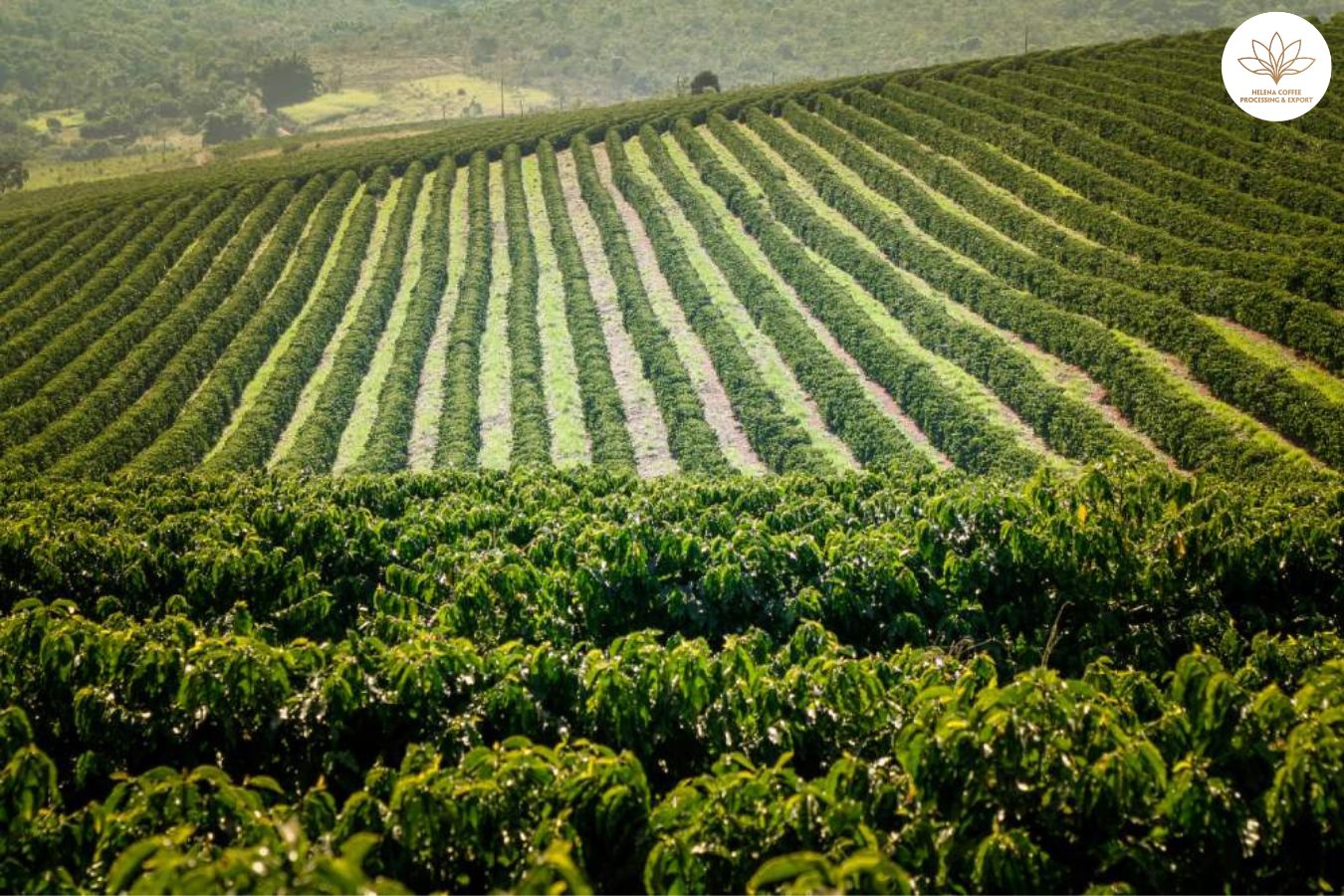
“The essence of both coffee and grape fruits bears resemblance, but what’s more compelling is the centuries-old legacy of viniculture,” he elucidates. “The well-established practices and detailed protocols from the winemaking realm offer a wealth of insights that can be adapted to the relatively young world of specialty coffee.”
He goes on to highlight that processing techniques inspired by winemaking, such as carbonic maceration and cryo-maceration, have enabled his coffees to distinguish themselves in a market that’s becoming ever more competitive.
“These avant-garde techniques have been instrumental in setting our coffees apart, fostering exceptional sensory qualities and achieving higher evaluations,” he states. “From our experience, these methods not only intensify the flavor profiles but also extend the coffee’s freshness and appeal.”
THE PIVOTAL ROLE OF FERMENTATION IN COFFEE FLAVOR DEVELOPMENT
Fermentation stands as a transformative chemical process, driven by enzymes that decompose complex substances into simpler compounds. Particularly in anaerobic fermentation, this process unfolds in the absence of oxygen, requiring the presence of yeast or bacteria, sugars, and warmth to initiate the reaction.
In the production of alcoholic beverages, yeasts endowed with enzymatic prowess convert sugars into ethanol and other compounds, crafting the unique flavors and aromatic signatures of diverse drinks.
Though fermentation is integral to all coffee processing methods, its influence on the coffee’s sensory characteristics varies. Some producers leverage fermentation primarily to facilitate the detachment of seeds from the fruit’s skin and mucilage, as seen in washed processing. Others harness fermentation’s transformative power to profoundly shape the coffee’s flavor profile and texture.
When meticulously managed, fermentation can yield a vast spectrum of flavors in coffee, each method bringing its distinct influence:
Anaerobic Fermentation
This technique is characterized by its oxygen-starved environment. Producers often de-pulp coffee before hermetically sealing it in tanks or containers equipped with valves to release fermentation gases.
Anaerobic fermentation significantly modifies the coffee’s final taste profile, typically resulting in flavors that are intensified, richly layered, and quite unique when compared to those of washed coffees.
As the quest for distinct and memorable flavors in coffee grows, anaerobic fermentation has gained popularity. However, some caution that without precise control over the process, inconsistency may arise.
Lactic Fermentation
Pioneered by La Palma y El Tucan in Colombia, lactic fermentation is essentially a subset of anaerobic fermentation, occurring in similarly oxygen-limited conditions.
Following the selection of coffee cherries, producers enclose them within tanks, creating an environment conducive to the proliferation of lactobacillus bacteria, which transform sugars into a lactic acid solution.
Producers may introduce a starter culture to initiate the process. Despite its complexity, when executed with precision, lactic fermentation can culminate in exceptionally sweet coffee with a medium-to-high body, enhanced by fruity and yogurt-like flavors and a creamy mouthfeel.
Yeast-assisted Fermentation
This method, deeply influenced by the vinification process, has seen yeasts facilitating fermentation for millennia.
In the coffee arena, producers may allow yeasts to develop naturally on the cherries’ skin or introduce them deliberately. The choice between spontaneous and controlled yeast inoculation often depends on factors such as accessibility, sustainability, and desired flavor outcomes.
For controlled inoculations, producers typically employ Saccharomyces cerevisiae, a yeast strain particularly adept at coffee processing.
Conversely, spontaneous fermentation progresses more slowly and unpredictably, necessitating stringent quality controls to secure favorable results. Whether through natural or intentional means, the application of yeasts stands as a testament to the rich interplay between the ancient art of winemaking and modern coffee processing.
ENHANCING COFFEE THROUGH CARBONIC MACERATION: A NOD TO VINICULTURE
Carbonic maceration, a technique that has its roots deeply entrenched in the winemaking traditions of Beaujolais, France, has been adopted and refined within the specialty coffee sector to remarkable effect. Since the 1930s, this method has gained acclaim for its ability to transform the Gamay grape into a wine that is notably softer, with reduced bitterness and acidity, and enriched with a sweeter, more fruit-forward profile.
Embracing this innovative approach, coffee processors have adapted carbonic maceration to accentuate and evolve the inherent flavors of coffee cherries. The process commences with the de-pulping of cherries, followed by their transfer into either plastic or stainless steel tanks. These containers are then purged with carbon dioxide, expelling oxygen through a one-way valve and creating an anaerobic environment conducive to fermentation.
As the coffee ferments, the same valve facilitates the release of byproduct gases. Subsequently, after a meticulously timed phase, the coffee is spread on raised beds to dry, undergoing an additional fermentation phase akin to that of naturally processed coffees.
“Exploring carbonic maceration has opened doors to a realm of intricate and nuanced flavors,” Camilo shares, his enthusiasm for the method palpable.
Despite the inspiration drawn from viniculture, Camilo points out distinctive differences between the two industries’ applications of the process, such as the variance in the mucilage density of coffee cherries and grapes, as well as the divergent microbial landscapes they host. “It is our belief that the coffee industry has much to learn from the advanced processing techniques of the wine industry,” he acknowledges.
The Impact of Carbonic Maceration on Coffee’s Flavor Profile
In an exploration for PDG, Saša illustrates how carbonic maceration enables the targeting of specific microorganisms by adjusting various fermentation variables, such as tank temperature, ambient conditions, duration, and the esters produced by yeast and bacteria.
“Manipulating these factors allows us to refine the coffee’s flavor profile, enhancing its cup score and tailoring its taste in a deliberate manner,” Saša elaborates.
One approach to carbonic maceration fosters the growth of microorganisms like Bacillus subtilis and Bacillus amyloliquefaciens. These bacteria generate acetoin, bestowing the coffee with a creamy, buttery texture.
The method’s controlled breakdown of sugars in the cherries leads to a slow release of complex flavors, often yielding a profile that is both vibrant and reminiscent of fine wine.
In Panama, a region renowned for its exceptional specialty coffees, the innovation surrounding carbonic maceration is burgeoning. According to local producers, coffees crafted using this technique exhibit a more layered complexity, heightened acidity, and a broader spectrum of flavors and aromas, distinguishing them from coffees processed by conventional means.
WINE’S TIME-HONORED INFLUENCE ON COFFEE’S EVOLUTIONARY JOURNEY
The art of winemaking, steeped in historical reverence, has unequivocally sculpted the trajectory of coffee production. With a heritage that stretches back through time, the techniques and wisdom of viniculture have been meticulously distilled and are now being applied to the craft of coffee with renewed vigor. As coffee artisans continue to embrace practices such as carbonic maceration, it is evident that the wine industry’s rich tapestry of knowledge will persist as a source of innovation within the realm of coffee.
Carlos reflects on this cross-pollination of expertise: “Wine has been a companion to humanity’s cultural evolution for millennia, whereas our journey with coffee, in the context of these advanced fermentation techniques, is but in its nascent stage. We have barely begun to scratch the surface, and there is a wealth of potential waiting to be unlocked through further exploration and experimentation.”
He adds, with a note of anticipation, “The horizon for coffee is vast. By venturing down this path, we are on the cusp of uncovering an array of superior and diverse flavor profiles, the likes of which we are only beginning to imagine.”
FAQS:
